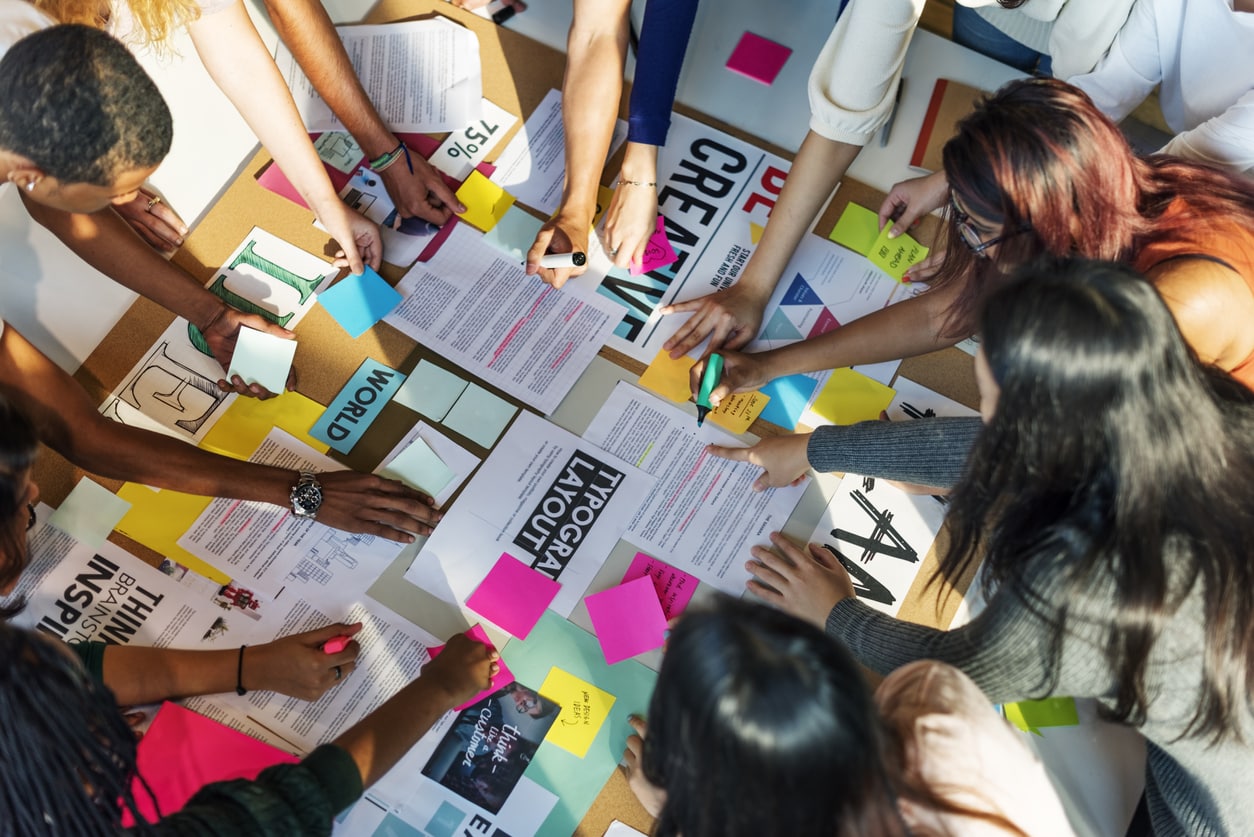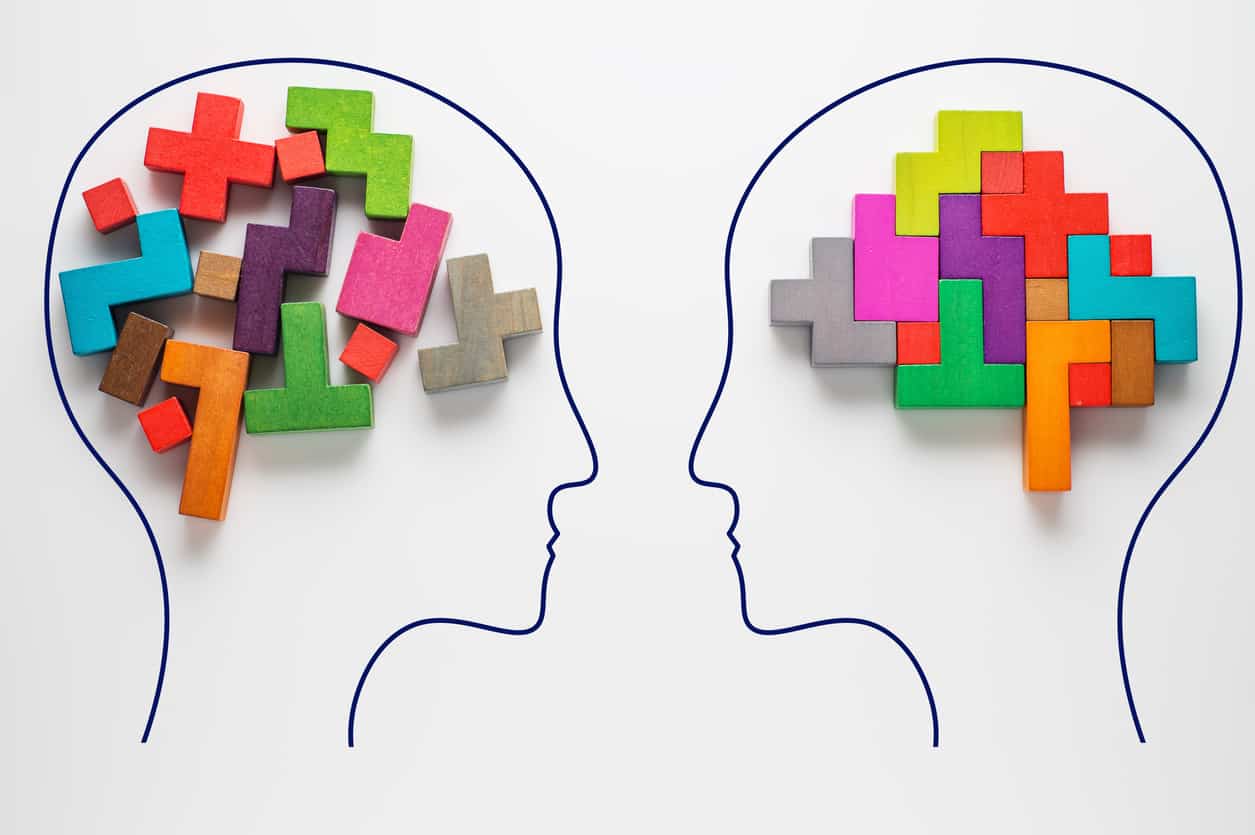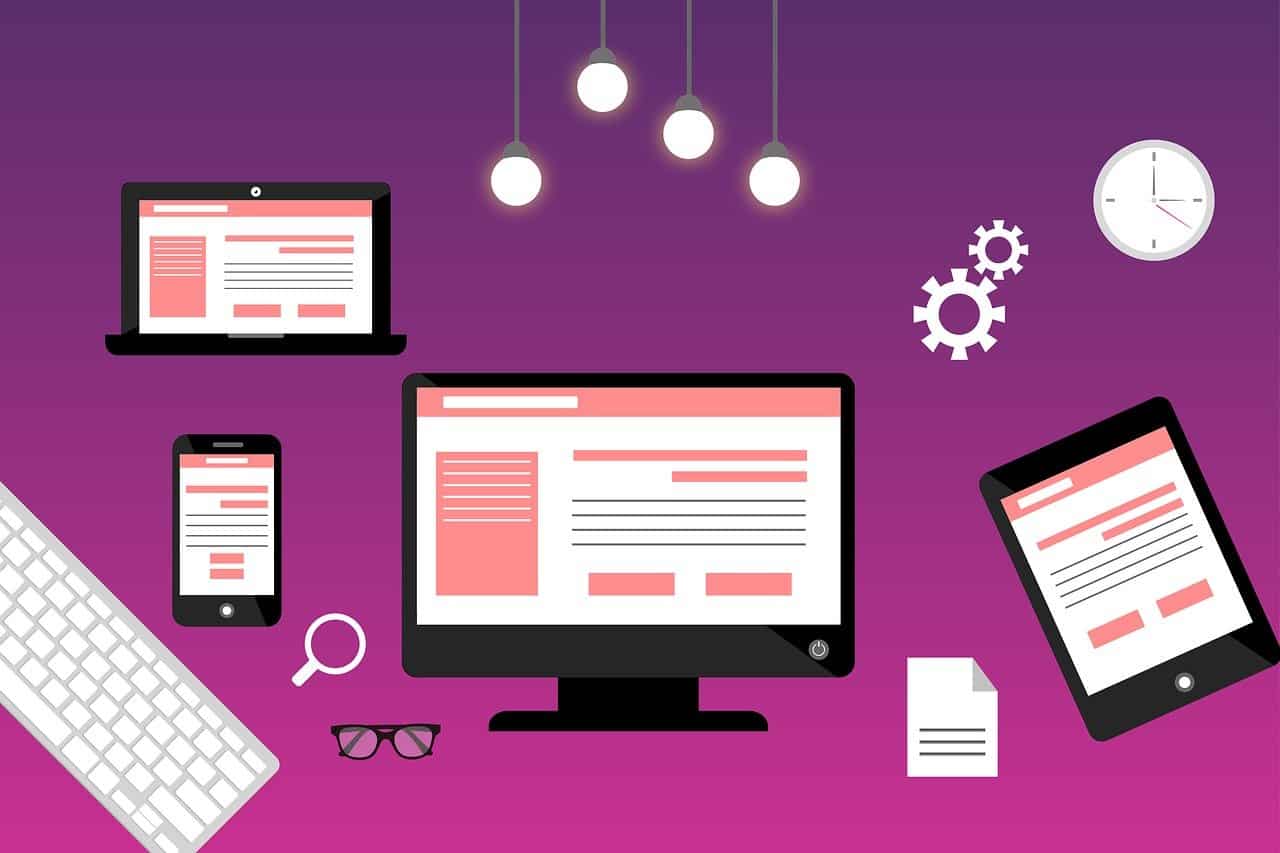Introduction
Have you heard about the ‘Walkabout program’ from UberEATS? It is a Design Thinking tool that involves empathy and is a part of what the company calls its immersion initiative. Each fiscal quarter, design people from the UberEATS team visit one of their operating cities to deep dive into its food culture. After studying the logistical difficulties, transportation issues, speaking with delivery partners, restaurants, and consumers, they eat. Design Thinking: From Insights to Viability course
Yes, they eat because that’s the business they are in. In this pursuit of delicacies, they also gather information and return with freshly curated data that helps design their next plan of action.
If you had the patience to read through the introduction, you might wonder about what exactly design thinking is and the nature of this process.
What is Design Thinking?
Design thinking in layman’s language is the best new way of organizing work. Some call it a social technology that has revolutionized how business management systems work.
It involves solving problems by building products that cater to the customer’s needs. The process keeps the end-user in the front-back-center at every stage of creation, right from the time the idea happens to the product delivery.
Design thinking is not industry-specific and can be applied to any problem and help streamline a business process with simplicity.
To learn more about the basics, processes and advantages, check out Great Learning Academy’s Free Design Thinking Course.
What tools are used for design thinking?
Since Design Thinking owes its popularity to being customer-centric, the tools used in the process (from creating to delivering products/ services) are also life-sensitive.
Let’s take a look at some of these tools to understand them better.
1. Immersion
This is perhaps the first tool that is utilized in any process of design thinking. Just when you begin to think about a problem that needs to be solved or an idea for a product that will change life as we know it-immersion begins to happen.
Immersion includes various sub-processes:
- Simulation: A day in the life of a person to understand her/his needs.
- Research: After simulation, exploratory research related to the context surrounding the problem begins. Again, it can be multifaceted depending on the data that is to be collected and used.
- Brainstorming: This tool is most crucial when it comes to collaborative brainstorming sessions with a team, stakeholders, or prospective innovators/product managers.
- Overshadowing: After the three phases of ideation, overshadowing commences. This tool is used to monitor a client’s interaction with a product over a considerable period to understand preferences and dislikes.
Design Thinking Tools available in the market that can be used for undertaking Immersion are SessionLab, Stormboard, IdeaFlip, Smaply, Userforge, MakeMyPersona.
2. Visualization
While the debate around what came first (idea/chair or chicken/egg) is unresolved and shall always be likely so, it has come to be generally accepted that visual thinking is an undeniable aspect of design thinking. Not just design thinking, all processes that involve human invention from industrial manufacturing to scientific discovery, everything begins in mind.
In Design Thinking, the visualization tool is crucial. After identifying the problem or lack in Step 1(Immersion), the second step is to visualize how to solve the problem.
In this regard, visual thinking helps designers to imagine/create a niche product that is suitable to the needs of the market it wishes to bring about a change in.
For example, to manufacture a chair, one has to think of a platform that is raised above the ground and can be used to sit upon. This is visualization.
However, visualization cannot be open-ended, meaning unless a designer draws the chair she wants to sell in the market, the entire team will have its perception of what a chair should look like.
This is a problem that many organizations encounter. Although we are all for ‘an idea can come from anywhere, we do not want to be in a situation where the decision to go with any single idea of a chair becomes a hassle.
Tools available in the market for Visualization: Miro, Conceptboard, Google Jamboard, Mural, Shape.
3. Mind Mapping
Mind Mapping, one of the key tools for designers, helps generate, structure, interlink, and classify ideas to look for patterns around how the final design will come about.
An intermediate phase overlaps through all design thinking processes; the tool relates products to one central idea/product.
Mind Mapping can happen only in a team setup. The customer base can participate by being asked to draw relatable patterns from the data we as an organization present to them.
Then proceed to ask questions like, “Based on what we have learned from data patterns, what features would our design have,” to your team.
Segregation of patterns based on depth to let newer meanings emerge from the information can allow the possibility of developing a product with zero loopholes or an assembly line of products if it is a niche market.
For instance; What is the first thing that comes to mind when someone says, Tesla?
Naturally, after Elon Musk, it is their Electric Vehicles (also known as EV’s).
The reason why we mention Tesla’s Electric Car is that the electric automobile is not an innovation. It has been around for some 200 years. But Tesla’s use of a design thinking tool- mind mapping- helped them identify the challenges around electric cars to now have the most successful and profitable EV fleet in the world.
Design Thinking Tools in the market that can be used for Mind Mapping: ClickUp, Ayoa, Miro, SmartDraw, MindMeister, Milanote, Microsoft Visio, MindGenius, Lucidchart.
4. Rapid Iteration
As discussed earlier, in the UberEATS program case, the designers from the company also apply the Rapid Iteration tool to test designs quickly in the real world.
But what is so rapid about it?
In the fast-paced world we live in today, where competition is tighter than ever, it is necessary to adapt quickly to sustain your organization.
For instance, in the case of E-commerce platforms or food delivery organizations like Swiggy, all stakes are dependent on the sharp sword of time.
In such scenarios, where coordination between people and objects from the real world cannot be replicated in office spaces, a quick iteration design thinking tool works best.
Therefore, testing designs quickly in the real world, improving upon them, and re-testing keeps the market open for innovation.
If you have spent too much time solving small logistical problems, the entire chain of operations can be affected.
5. Assumption Testing
Assumption Testing is not only part of the curriculum in Management courses but also is an important design thinking tool.
In 2009, two Harvard Business School graduates launched Rent the Runway on the assumption that customers like to rent dresses over the internet.
The founders tested this assumption before proceeding and looked at where the company stands today.
Assumption testing implies identifying assumptions, stereotypes, and prejudices that underlie the attractiveness of any new product and then testing it. It involves thought testing and field experiments.
This design thinking tool uses large amounts of data to classify a) what might work,b) what generally works, c) what should not work and why it works.
If one were to give an example to elaborate further, we would take the case of Fair & Lovely, which is now Glow & Lovely.
Can you think of the kind of assumption testing the beauty brand did to take a step towards a more inclusive brand image that the company now wishes to establish?
6. Prototyping
This is the tool that turns your idea into material reality. The idea of the chair (we have discussed above) becomes a full-fledged prototype of a chair. This prototype can then be sent across to your stakeholders and partners for feedback.
Prototyping is about minimizing the I of ROI (Return on Investment) to the extent that the cost of your first 2 D prototype is that of a pencil or a piece of bread. Most businesses these days proceed with 2 D prototypes before going on with 3D models. Therefore, prototypes can also include storyboards, images, role-play, skits, etc.
As a design thinking tool, Prototyping can become quite painful for designers, who have clocked in sweat and tears to make their prototype. However, one should let others validate the product rather than explain its features or defend it from criticism.
Tools available in the market for Prototyping are Boords, Mockingbird, POP-app by Marvel, PowerPoint, Keynote, Lumen5, or Moovly, Proto.io.
7. Finding the Value Proposition
Rather than adding more features to your product, focus on finding value. However minimal that may be, the value should be irreplaceable.
For instance, take Apple. When Steve Jobs left the organization in 1985, Apple changed its product development cycle completely. It launched more and more products, pumped millions into R & D around them, but hardly found success.
When Jobs returned to the company in 1997, he dumped the old product cycle and established a new line of products using design thinking. Yes, he specifically used this ‘value proposition’ tool to launch and fund R & D around very few products that no one but Apple could deliver with the best software and hardware service in the world.
This was a long shot and a big risk but see where it got Apple. In no time, the company became a market leader in smartphones and computers.
According to CompaniesMarketCap, Apple is the world’s most valuable company today, with a total worth of $2.430 trillion.
There are no specific tools in the market for creating a roadmap of the value proposition for your stakeholders or clients but suffice it to say that some basic ones like Strategyzer’s Value Proposition Canvas, emaze, Canva, PiktoChart, DocHipo will do the job.
8. Learning Launch
Once your prototype is approved, it goes to the final end-user, your customer. Learning Launch is the tool wherein your test product is launched in the market for a quick experiment.
In contrast to a new product launch, this test is conducted solely for gathering data.
As a design thinking tool, Learning Launch can be difficult to navigate through. After all, liking your product does not mean one will buy it.
Money is dear to all, and the real challenge lies in convincing the customer to part with it willingly to buy your product. While one may say that’s the job of advertising and marketing, the first step towards initiating the process of willful buying happens through this stage.
The most critical aspect of this tool is that unlike traditional analysis and case studies that happen over a long period, this approach works for short periods.
The Learning- launch process is based on the Darden Growth Leader Research Project about which you can read here.
Since there is no perfect algorithm to achieve the perfect product, design thinking uses this tool to learn along the way.
For example, post-lockdown, the French government’s initiative to make the country green, sustainable and inclusive translated into making 650-km bicycle lanes throughout the territory. It was an urban planning project that worked along the learning launch process to see what works best.
While there are no specific tools in the market, there are detailed case studies and analytical recommendations that explain this process. The most prominent Darden Research has already been mentioned earlier.
9. Collaborative Creation
Ask any product manager: What is the hardest thing about creating a product? Most likely, they will say it is the time when the MVP (Minimum Viable Product) is out in the market for testing.
A crucial component of this testing phase is also data analysis. Besides having the product used by multiple customers and stakeholders, a team is also enrolled in the data collection process around the product’s feedback.
Traditionally, Six Sigma has taught manufacturers to launch their prototypes with all features intact. The producers launch next-to-finish products for testing in the market, get a so-so response and then sulk.
But, with design thinking, the approach to innovation changes.
So what if your MVP is roughly cut and not etched out with perfection? In the fast lives we lead, the quicker a product is rolled out for testing, the better and immediate the response from the customer. Thus, making value-added differentiation possible in a market of infinite products and services.
A tip that always works in this stage is to present the customer with an incomplete product. This makes intuition work and is a good way to engage a buyer’s creativity and intellect. Offering multiple prototypes can make this process even better for zeroing in on your final product.
Tools available in the market for helping co-create: Any data collection tool like Excel, Tableau, Xplenty, and Digsite. One can even use UserTesting for real-time feedback.
10. The Art of Selling
You know they say that the oldest profession in the world is the art of storytelling. Since storytelling has been used in every craft and art practice, including business, this has become a primary production tool. As part of design thinking, this tool, if not used properly, can result in returning to phase 1, Immersion.
After all, without convincing the customer, how do you expect your product to sell? It is where the art of selling and the whole body of professional advertisers and marketers come to play.
The art of selling revolves around creating presentations and storyboards around your product. Narratives that reveal a problem, how we tackle it daily, and how your solution is best in the market because using metaphors, analogies, and data to drive home your product and service is key to nailing the art of selling.
If you see any successful life-cycle of a product or service, notice that how it was introduced in the market made all the difference in bringing about sales and staying in the minds of consumers forever.
Think of the most popular and evergreen slogan from the world of advertising that you have heard. Let’s say: A diamond is forever.
Do you know how old this brand slogan is?
More than 80 years. It has almost become an adage so naturalized in our consciousness that we think this is the most obvious thing to say about any precious gemstone.
Founded in 1888, De Beers Group is a large corporation that specializes in diamond mining operations. It may not get the best press today, but its Forever Diamond campaign in 1939 made the company become a legacy in the jewelry industry.
Do you know the reason why “a diamond is forever” has stood the test of time?
It is so because the slogan so rightly matches with the brand personality and the product besides being catchy.
Since 1948, De Beers has used this tagline on every possible product launch and promotion. Because sometimes, when you get it right, you know that it is going to work.
Conclusion
Design thinking with its tools is so effective precisely because it understands the needs of consumers and creates tailor-made solutions for them. If used correctly, it can change the fate of any organization.
It’s not just about profit and products. Design Thinking can be used in any industry to bring about desired results. Thousands of NGOs and NPOs across the world are using design thinking tools for identifying places and problems that need attention. From providing clean in-house toilets to cooking gas supplies in mountain areas, design thinking is changing the world gradually.
If you wish to be a part of this revolution that will change the way we consume and produce products and services forever, check our Design Thinking Course for more details. This 12-week online course has everything you need to know about transforming reality with design thinking.
Take the first step towards a brighter future with our diverse selection of free online courses. In today’s fast-paced world, staying relevant and continuously developing your skills is essential. Whether you’re interested in protecting digital assets through Cybersecurity, leading teams to success with Management expertise, harnessing the power of Cloud Computing, or creating innovative IT and Software solutions, our courses cover a wide range of in-demand domains.






